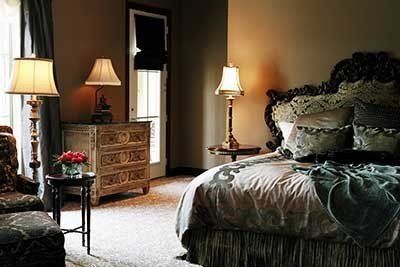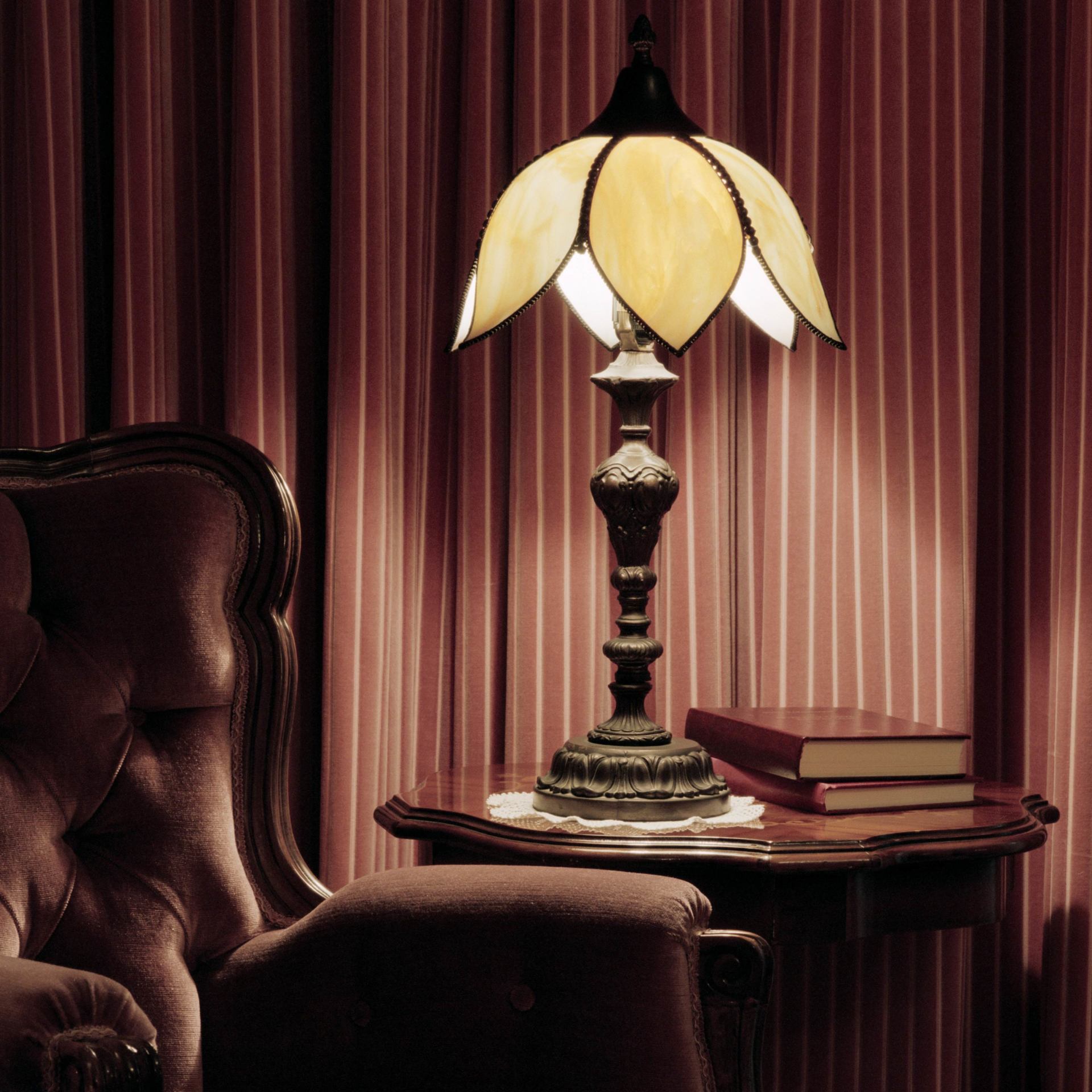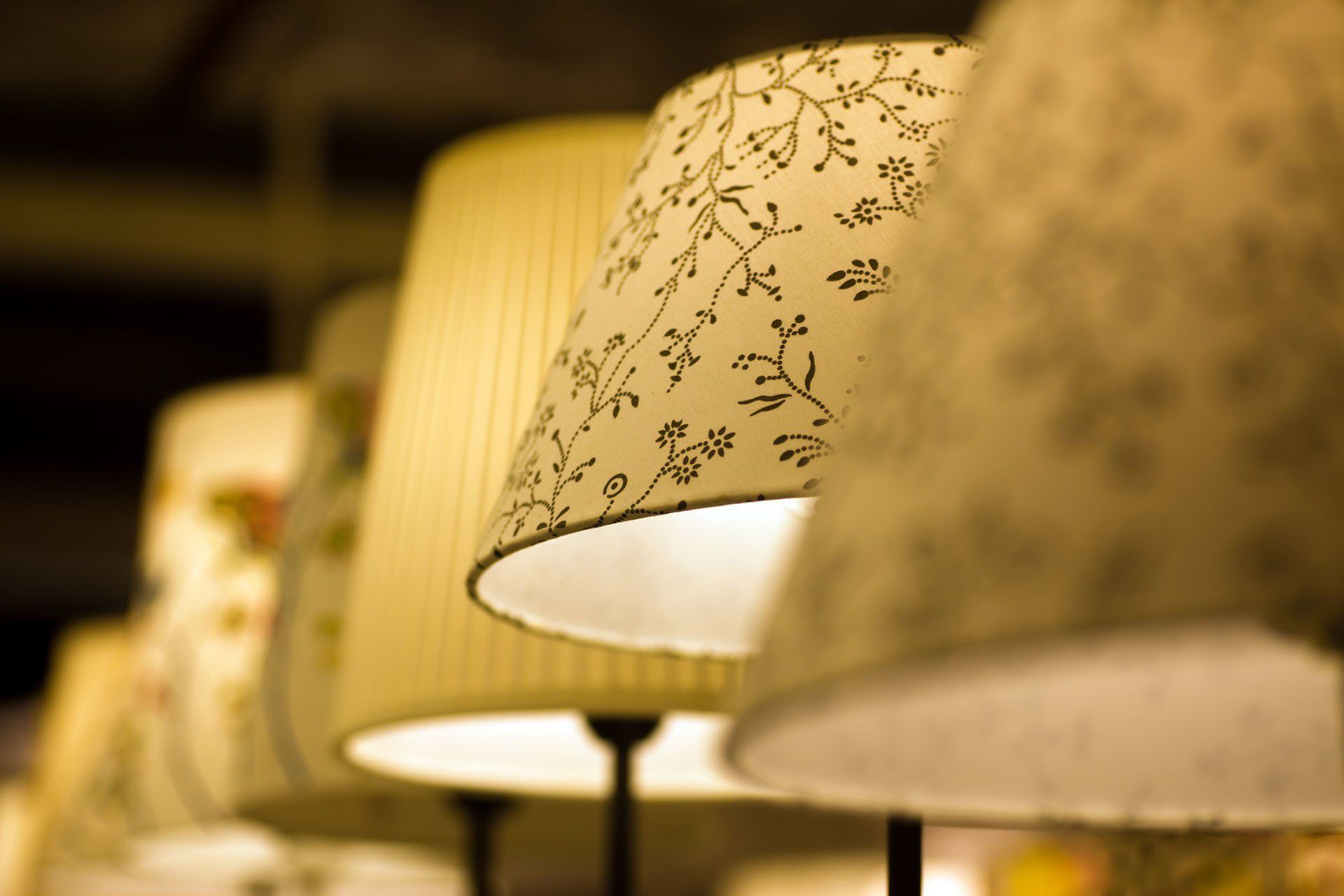lampshade specialties
8 TIPS FOR IDENTIFYING AN ANTIQUE LAMP
Perhaps you love estate sales and have been noticing some eye-catching lamps, or maybe you've found a handsome old lamp in your grandparents' attic. However you found these amazing light fixtures, you might be wondering if they're antique and worth restoring. Well, the short answer is that, if you like the lamp, have it restored.
That said, antique lamps in good repair can add wow factor to your décor. Additionally, you can make spare cash by selling restored lamps. Find out if that dusty old lamp is really a gem in disguise.
DO SOME RESEARCH
Perhaps the first step you should take is researching lamp styles that look similar to yours. Antique lamps can range in style from simple kerosene to elaborate Tiffany. Some other common styles include Victorian, Aladdin, Handel and banquet. Making a general match to one of those styles could tell you the lamp is antique, though there are reproductions.
VISIT ANTIQUE WEBSITES
If you don't have a clue what official style of lamp you might have, visit antique websites that feature lamps. Collector's Weekly is a good place to start because it features pictures and explanations. You could also bring it here, to Lampshade Specialties, for assistance.
LOOK FOR A MAKER'S MARK
Whenever you're trying to identify antiques, a good rule of thumb is to look for a maker's hallmark, which is typically in an inconspicuous place. Look under the base of the lamp for the hallmark. It can also be a symbol or date stamp, which is really helpful. Even if it doesn't feature a date, you can research the maker's mark on the Internet.
RESEARCH MANUFACTURERS
Manufacturers were naturally known for making certain lamp styles. For instance, common manufacturers for banquet lamps include Baccarat, Bradley & Hubbard, Fostoria, Miller and Pairpoint. Sowerby was a prime manufacturer of slag glass lamps, which feature colored or marbled glass shades. Ronson Art Metal Works produced many Art Deco lamps.
EXAMINE THE CORD
If the lamp is electric, examine the cord. A giveaway is a cotton-wrapped cord, which indicates an antique. Likewise, with antique electrical cords, the prongs were the same size rather than the modern construction of one larger prong. Likewise, you may see screws or even wires around the plugs, which indicates an antique cord — and, hence, an antique lamp.
LOOK FOR A BRASS COLLAR
If you're examining a glass kerosene lamp, look for a brass collar. To do this, you'll need to remove the globe and burner. Examine the area under the burner, and look for a collar. It could have internal or external threads. Generally only old lamps feature a brass collar.
IDENTIFY SHADE DESIGNS
If you think you might have a Tiffany lamp in your hand, look at the design of the shade. Naturally, a hallmark of Tiffany lamps is their stained glass shade, but these were often imitated. Common designs for authentic Tiffany lamp shades include Wisteria, Dragonfly, Nautilus and Lily. Compare your shade to images of those designs.
EXAMINE THE CRAFTSMANSHIP
If your lamp features beautiful designs, examine the work up close. Antique lamps should feature hand-painted designs, so look for brush marks. If the work is perfectly smooth, it might be a decal. You can also identify a decal by touch — decals are smooth, while paint feels textured. Generally, the presence of decals indicates a modern reproduction rather than an antique.
If you discover that you do, indeed, have an antique lamp in your hands, don't worry if it's in need of some repairs. With an expert touch, your antique lamp can be restored to its former beauty. Visit Lampshade Specialties for any light fixture repairs you need.








